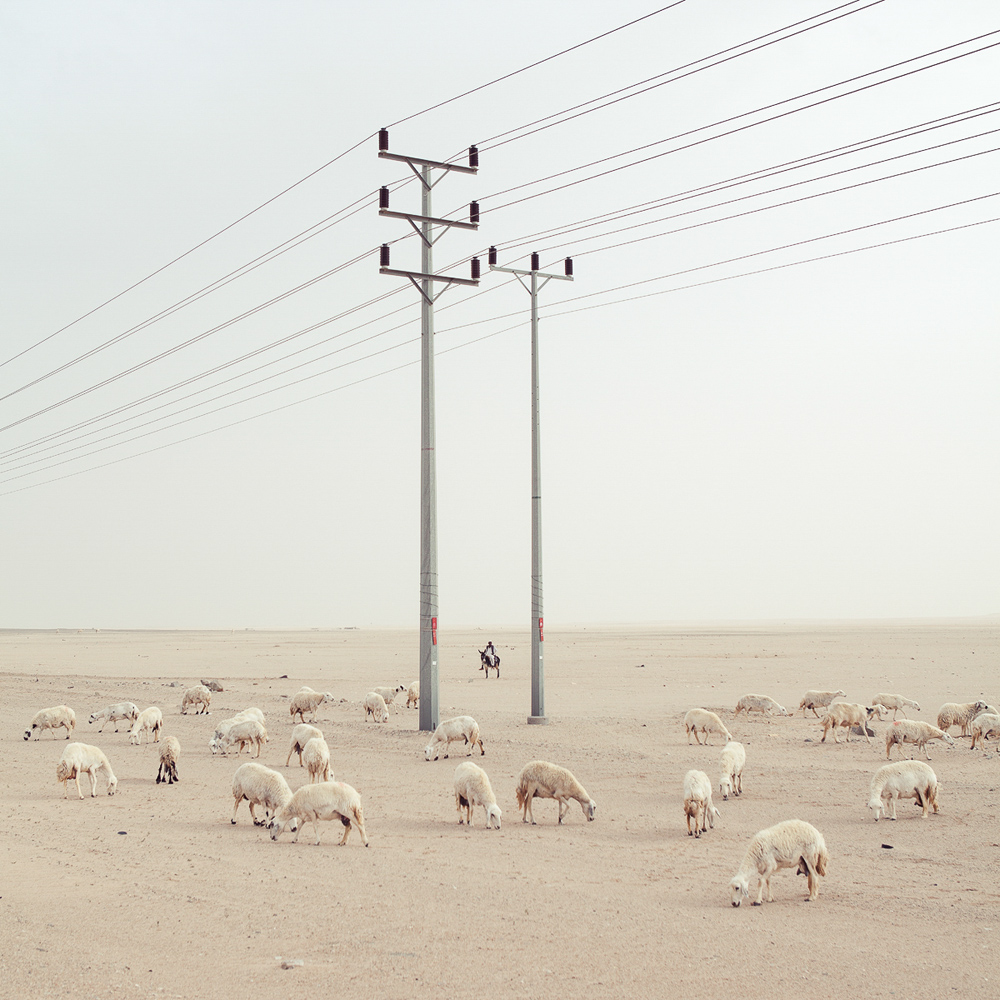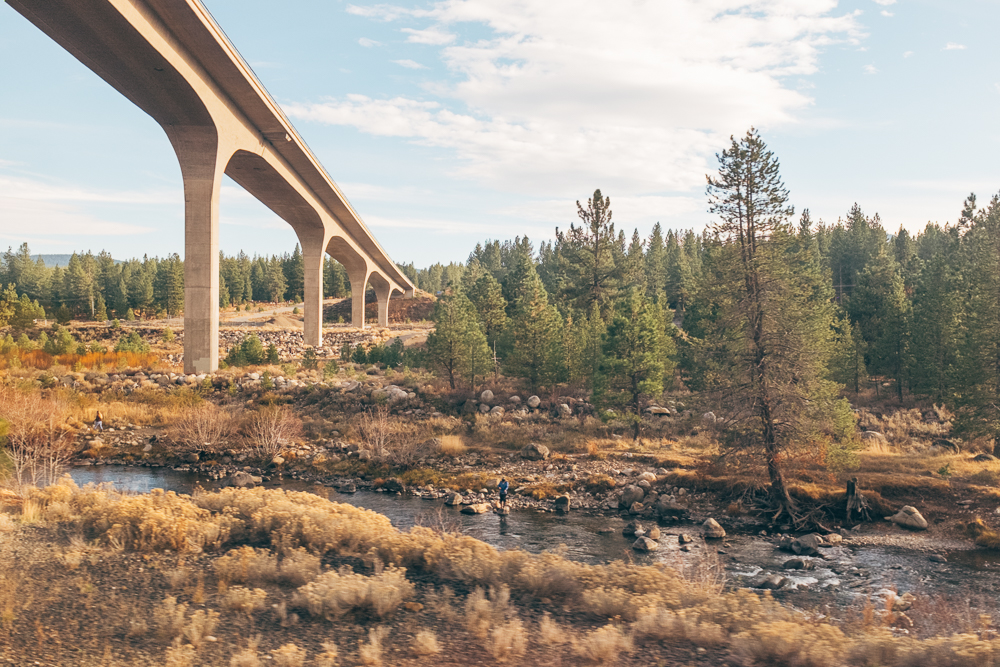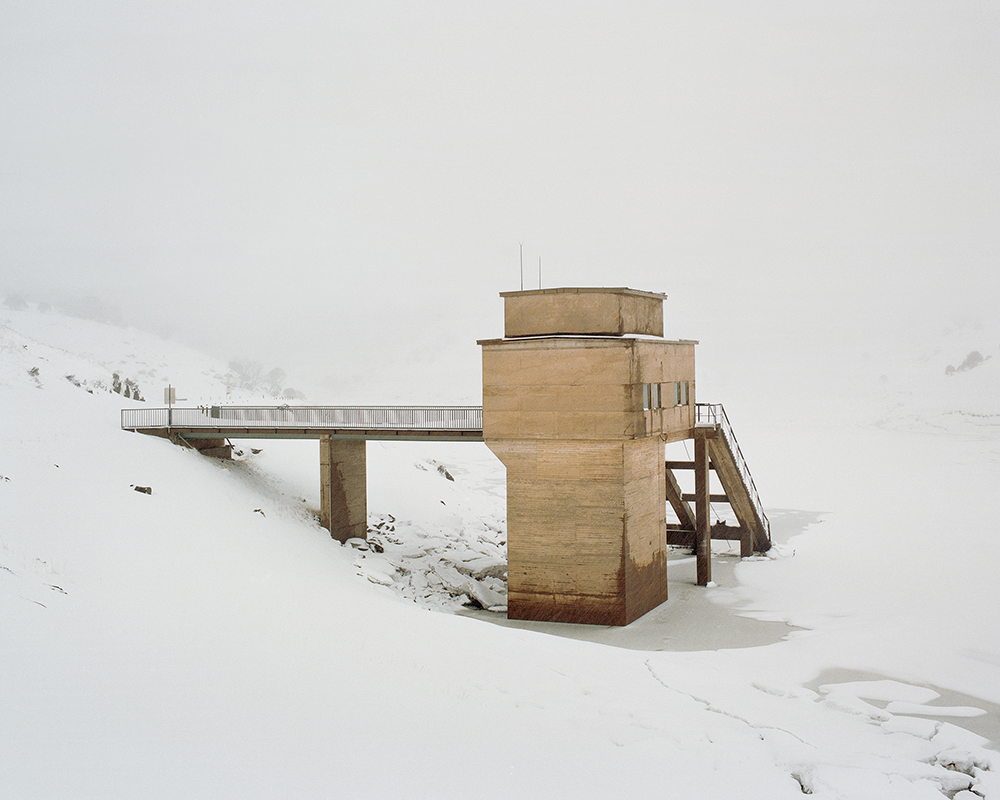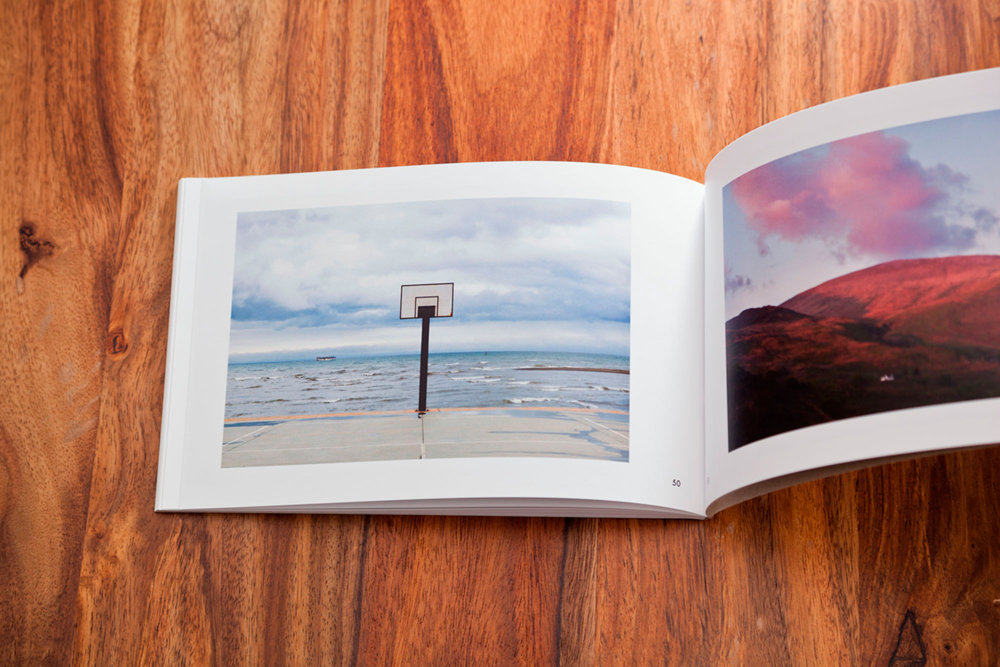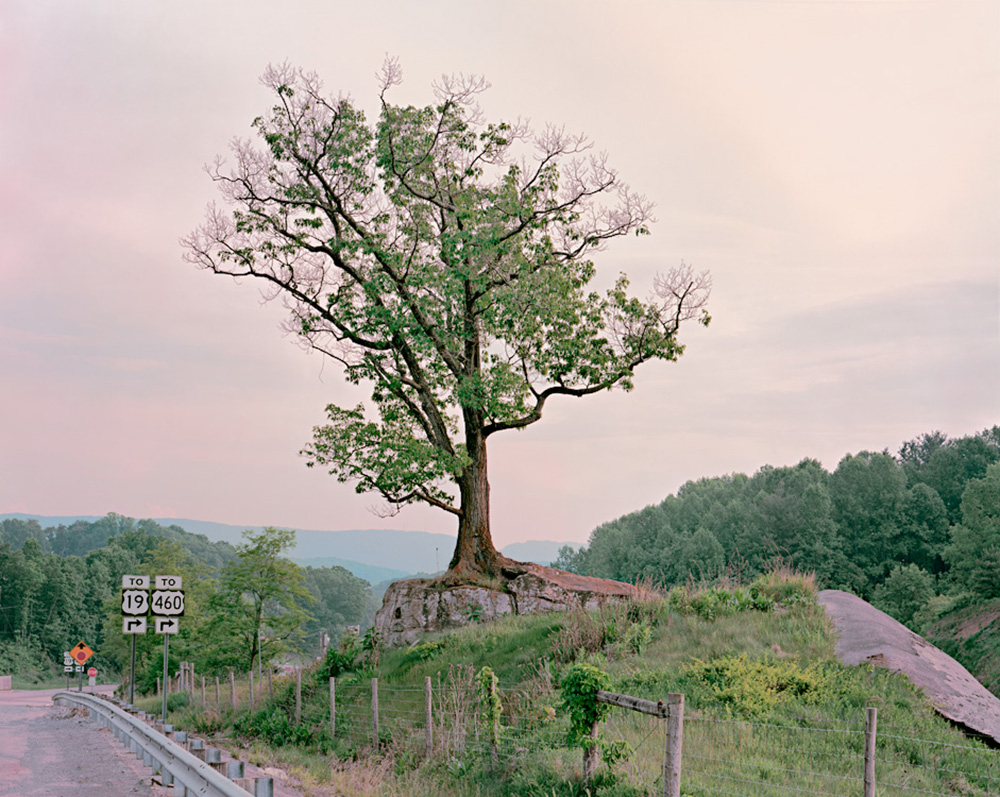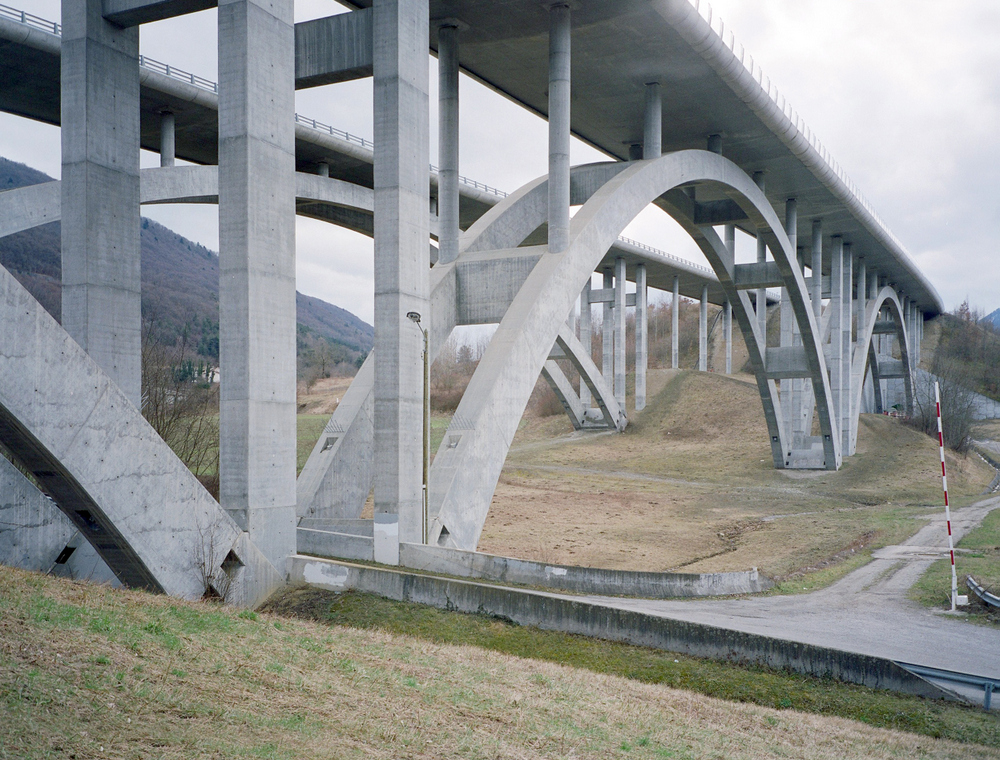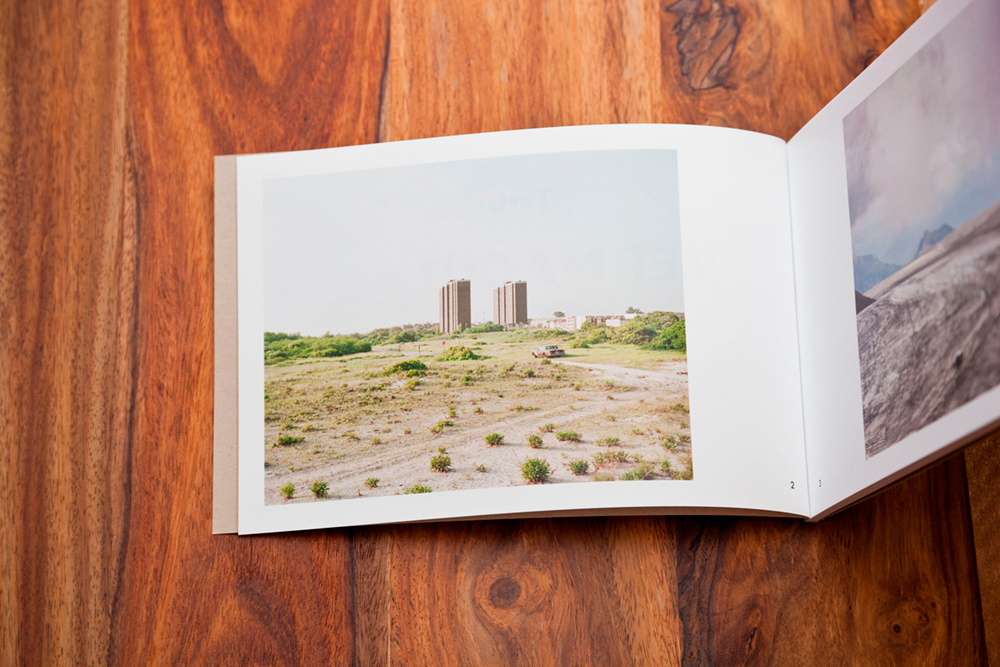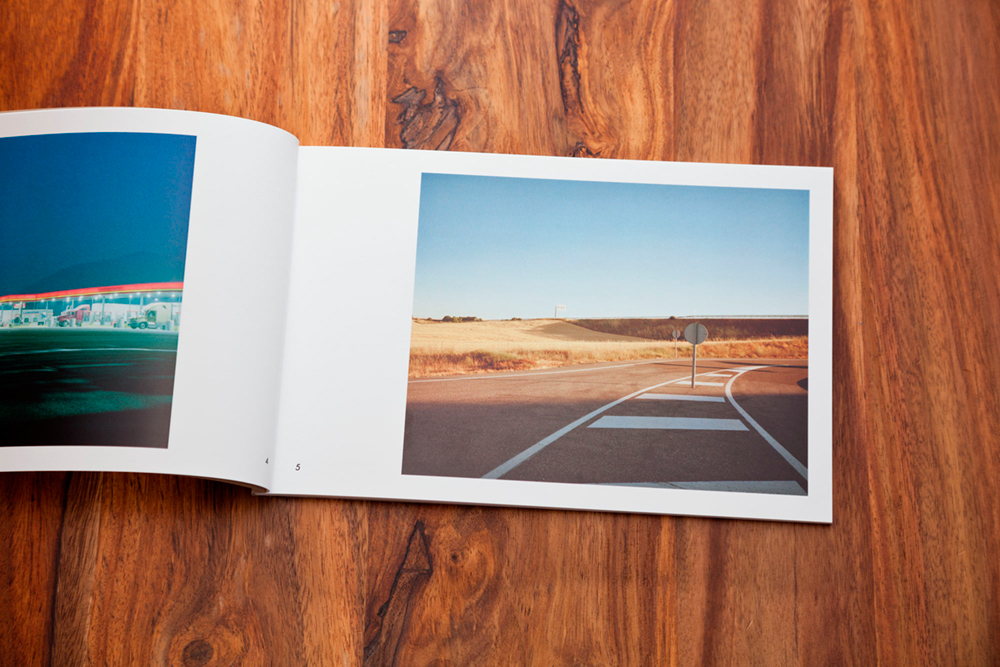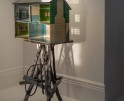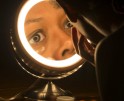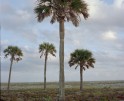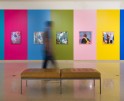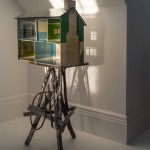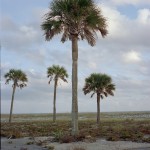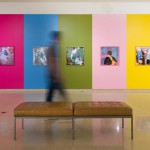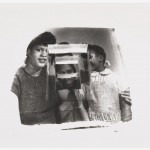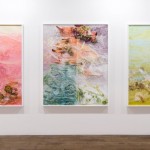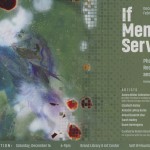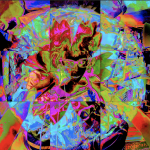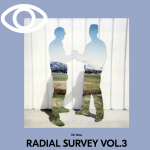The Vernacular of Landscape: Conversation Between Dana Stirling & Noah Waldeck
With work from: Rob Stephenson, Diana Nygren, Patrick Warner, Tim Dechent, Lewis Ableidinger, Nathanial Schmidt, Emmanuel Monzon, Roger Grasas, Michael Wriston, Nick Zukauskas, Daniel George, Adrien Blondel, Ivan Echevarria, John Sanderson, Paul Sisson, Sandro Katalina, Brooks Geenen, James Doyle, Christiaan Kritzinger, Raul Guillermo, Tod Kapke, Cody Schlabaugh, Cristian Ordonez, Balint Alovits, Pratya Jankong, Danny Rowton, FeiFan Zhang, Reid Elem, Anthony Onesta, Joshua Oldfield, Ryan Parker, Maxime Taillez, Balazs Fromm, Julian Reid, Franck Doussot, Dineke Versluis, Irene Tondelli, Cody Bratt, Matthew Portch, Leonardo Magrelli, Christian Kondic, Solange Adum-Abdala, Kyle Everett Smith, Berber Theunissen, Dan Mariner, Michael Garbutt, Fred Guillaud, Mattia Paladini, Yorgos Efthymiadis, Stephen Berry, Lawrence Braun, Will Cox, Morgane Erpicum, Liam McMillan, Pol Viladoms, Jeff Phillips, Chris Bennett, and Chris Round.
You can get a copy of the publication Here, See the online exhibition Here, and visit the event page for the September 14th opening reception for the NYC exhibition at Usagi NY Here.
Dana Stirling: First, lets talk a little about what inspired and motivated you to create Subjectively Objective?
Noah Waldeck: My original inspiration was probably seeing the positive reception and success my friend Kyohei Abe had starting the Detroit Center for Contemporary Photography. Nobody gave him permission or said now that you’ve followed these steps or this career path, you’re qualified, he just decided it was something he was going to do and he did it. I was already interested in curation at that point, so his approach showed me that starting my own project was something that was actually possible. I originally began preparing to open a physical gallery space called Subjectively Objective back in 2012, when several things came up in other parts of my life that put those plans on hold for a few years.
I revived the idea in 2015 after finding some success with my personal Instax work on Instagram. At that point, the community of people interested in serious photography on the platform seemed to be fairly small, but growing. You could see it wasn’t that far back in a lot of artists profiles where they had switched from posting the filtered phone images that used to be “the thing” on Instagram, to posting their serious work. There were already other Instagram galleries at that point, but there weren’t any that were featuring larger selections of an artist’ s work. I still don’t know if anyone actually does this, but I originally decided I would show 12 images from each photographer, so that when people looked back through the feed they could see an artist’s whole feature at once, like a little gallery show.
NW: What originally inspired you to start Float?
DS: For me, it came originally from a place of despair, rejections, and the chase after recognition. I felt how with every rejection, the world of photography got smaller and more closed off to me. This frustration led me and Yoav [Friedlander] to sit on our Queens apartment room one evening and say, what if we had our own platform? We were thinking about how we could try and do it differently, make a platform that embodied our ideals of community and photography, not a platform that would be so immersed in its own success or prestige, but truly dedicate itself to photography and young photographers such as ourselves. It started small and it’s slowly and organically growing, and I hope people can look at it as a place they feel comfortable being a part of in various ways.
DS: What are your goals for your platform?
NW: One of my goals has always been to support artists who are just starting out. As long as someone has at least 12 images that work well together, even if those are the only 12 they have that work together, I’m happy to feature them. I would have loved for someone to give me that kind of support early on in my career, so I want to be someone who gives it to others. Hopefully being featured or published can be an inspiration for them to keep working and growing to reach a higher level as an artist.
NW: You’re coming from a somewhat similar place, aren’t you? Your “Dear Artist We Regret to Tell You” work seems to satirize the uphill battle most artists face in trying to get their work out there. What effect does that experience have on your approach with Float?
DS: As mentioned above, rejection for me is a moving force I learned to harness to my advantage. I think from low places we can only rise up and it forces you to try and change your own path in life, even if other people won’t help, help yourself and prove them wrong. I hope that Float can be a platform for people to grow from. We try and offer different ways of sharing work, whether it be an IG takeover, book reviews, exhibitions or online portfolios, we try and find a way to share as much work as we can while still keeping to our truth and sharing work we believe in and can stand behind. The moment someone puts our platform on their CV makes me proud to know that I was able to help them grow their resume, but also encouraged them to continue in this sometimes harsh business of art and photography.
NW: Going forward, one of my main goals is to continue growing the publishing side of Subjectively Objective. I’m looking for artists with substantial, large scale projects to work with on publishing more ambitious monographs. I’d also like to do more survey publications, like The Vernacular of Landscape. I really enjoy the challenge of taking work from a wide variety of artists and putting it together into something that forms a cohesive whole. The “everyone who submits is entitled to a free copy of the resulting publication” model we used for The Vernacular of Landscape is definitely something I’d like do again. It seemed like a great way to give everyone involved something worthwhile, regardless of whether their work was selected or not, along with helping the selected artist get their work in the hands of a larger audience.
DS: I agree one hundred percent. With the saturation of submission opportunities we are surrounded with, where it all costs money, and sometimes a lot of money, this collaboration tried not only to curate an amazing publication, but to think about the people who submitted their work and might not have gotten in. Rejection is hard enough, and losing money makes it even harder, but here we were able to give them a copy of the publication so they were buying art and not just giving their money away with no payoff.
DS: What do you find most frustrating in the book publishing realm? How do you feel you’ve overcome some of these struggles?
NW: Dealing with quality control issues during the production process is probably what I find most frustrating. Quality is very important to me, whether it’s my small monthly publications or the multi-book volumes I’m publishing through Obscura Land. My professional background is in running a custom lab that specializes in working with artists, so I wouldn’t even consider delivering prints that are less than perfect to a client. Unfortunately, that doesn’t seem to be something you can take for granted when working with commercial printers. I’ve come to realize that I have much higher expectations than their typical clients. Particularly, when it comes to things like color, where they might not even be able to tell the difference between what I see as significant changes. I think that I run into some additional issues with the short print runs I’m doing since printers tend to be setup for doing higher volume stuff.
So far, overcoming these challenges just seems to be a matter of doing whatever is needed to stay on top of things. Getting the press operator to make another adjustment, requiring additional proofs, having them clean the press, demanding reprints, not worrying about being a little bit of a pain if need be. As I move towards doing larger projects, I’d like to have the opportunity to work with printers in other places who actually specialize in producing photo books. I would hope that working with someone who understands exactly what I’m expecting would make things easier.
NW: Let’s talk a little about the upcoming The Vernacular of Landscape exhibition…
DS: YES! So I think the best part about collaborating is that we were able to expand our platforms to people and places that we wouldn’t have necessarily reached by ourselves. This collaboration not only gave 50+ photographers an opportunity to be in an amazing publication and online exhibition, but also be in TWO group shows, the first at your Subjectively Objective gallery in Detroit and now at the Usagi Gallery in Dumbo, Brooklyn. The New York show is opening on September 14th from 7-9 p.m. All of the images from the publication with be on display across the entire gallery until October 19th. With this exhibition, the collaboration expanded to another platform, where everyone’s main goal is to celebrate art and help promote it. How amazing is that!
NW: After a successful run in Detroit, I’m very excited for the show to be traveling to New York. I’ll be at the opening with copies of the book, so I look forward to seeing everyone there!
Grab a copy of ‘The Vernacular of Landscape’ publication Here and check out the opening reception event page Here.
About Subjectively Objective
Subjectively Objective is a contemporary photography gallery and publisher founded and curated by Noah Waldeck. The type of phrase you could picture as the subject of an Ed Ruscha painting, the name Subjectively Objective sums up our ideas about the nature of photographs. Our main focus is on contemporary landscape and conceptual work that embraces the inherent subjectivity in the photographic medium.
Noah Waldeck is the co-founder of Obscura Land, which publishes a series of limited edition photo book projects three times a year. His personal work focuses on the exploration of the unseen, yet ever-present imagery, that makes up the American landscape. Often shooting while on the road, he examines vernacular culture in relation to place, language, architecture and landscape. He received his BFA in Photography from the College for Creative Studies in Detroit. Noah also runs Light & Ink Imaging, a custom lab which specializes in providing artists with museum-quality fine art printing, digital imaging, and mounting and framing services. He also serves as a board member for the Detroit Center for Contemporary Photography.
About Float Photo Magazine
Float Photo Magazine was founded by Dana Stirling and Yoav Friedlander in March 2014 with the launch of the first issue “Into the Wild”. Float was created with the goal to share and celebrate the photographic work of versatile roster of contemporary photographers from around the world. From young and emerging to established artists, Float features high quality and creative work with the intention to inspire and push forward our photo community. We offer artists various opportunities and platforms for exposure – Instagram takeovers, book reviews, interviews, curated magazine issues, and exhibitions with more to come. Float takes pride in collaborating with many other photo platforms to create a unique, open minded and welcoming space for photographers. And you as well are welcome to join us.
Posts on Lenscratch may not be reproduced without the permission of the Lenscratch staff and the photographer.
Recommended
-
Broad Strokes III: Joan Haseltine: The Girl Who Escaped and Other StoriesMarch 9th, 2024
-
Pamela Landau Connolly: Wishmaker and The Landau GalleryFebruary 27th, 2024
-
Janna Ireland: True Story IndexFebruary 17th, 2024
-
Richard McCabe: PerdidoJanuary 7th, 2024
-
Aline Smithson: The Ephemeral ArchiveJanuary 5th, 2024


